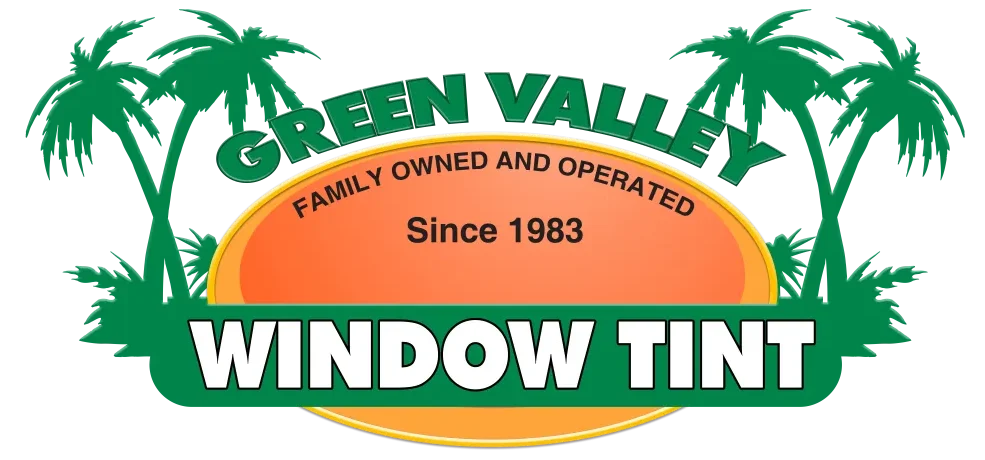When it comes to enhancing your driving experience, vehicle tinting offers a range of benefits, from improving privacy and aesthetics to protecting your vehicle interior from the sun’s harsh rays. However, not all window tints are created equal. Understanding the keys terms associated with tinting can help you make an informed decision and choose the right tint that suits your needs. We will go into the essential terms you should know before getting your vehicle tinted and explain how each of these factors contributes to the overall effectiveness of your tinting investment.
1. Infrared Rejection (IR)
Infrared rejection (IR) refers to the percentage of solar infrared energy rejected by the tint film within the wavelength range of 900 to 1,000 nanometers. Infrared rays are the primary source of the heat you feel when driving. Tints with higher IR rejection ratings effectively block a significant portion of these rays, leading to a cooler and more comfortable interior. By selecting a tint with high IR rejection, you can reduce the heat that penetrates your vehicle, making those scorching summer days much more bearable.
2. Total Solar Energy Rejection (TSER)
Total Solar Energy Rejection (TSER) is the percentage of total solar energy rejected by the tinted glass. This value directly impacts the amount of solar heat transmitted into your car. The higher the TSER percentage, the less solar heat is allowed to enter. As a result, your vehicle’s interior remains cooler, reducing the need for excessive air conditioning and enhancing fuel efficiency. TSER is a crucial indicator of a tint’s ability to keep your vehicle’s interior comfortable even in the most intense sunlight.
3. Ultraviolet Rejection (UV)
Ultraviolet Rejection (UV) signifies the percentage of ultraviolet light that is blocked by the tinted film. UV light is notorious for causing fading and deterioration of fabrics, leather, and other materials within your car’s interior. Opting for a tint with high UV rejection can help protect your vehicle’s interior surfaces from premature wear and maintain its aesthetic appeal over time.
4. Glare Reduction
Glare reduction represents the percentage by which visible light is diminished with the addition of tint film. Glare from the sun or bright headlights can be distracting and potentially hazardous while driving. Tints that effectively reduce glare can enhance visibility and driving safety, especially during sunrise, sunset, and when driving in bright conditions.
Understanding the Contributions to Heat
To grasp the significance of these terms in the context of heat reduction, consider the following breakdown:
- 53% Infrared Contribution
- Infrared rays contribute a significant portion of the heat that enters your vehicle. Tints with the high infrared rejection ratings can be substantially mitigate this source of heat, ensuring a more comfortable interior.
- 44% Solar Energy Contribution
- Solar energy, which encompasses visible light and infrared rays, is a major contributor to heat buildup in your car. Tints with high TSER percentages are effective at blocking solar energy, leading to cooler interiors and reduced reliance on air conditioning.
- 3% Ultraviolet Contribution
- While UV light contributes a relatively small percentage of heat, it can have lasting effects of your vehicle’s interior by causing fading and deterioration. Tints with high UV rejection ratings offer protection against this form of damage, preserving the quality of your interior materials.
Before investing in window tinting for your vehicle, it’s crucial to understand the terminology associated with the various benefits tint films offer. Infrared rejection, total solar energy rejection, ultraviolet rejection, and glare reduction are key factors that influence the overall performance of your chosen tint. By paying attention to these aspects and their contribution to heat reduction, you can make an informed decision that not only enhances your driving comfort, but also preserves the longevity and appearance of your vehicle’s interior. With this knowledge, you’ll be better equipped to select the right tint for your needs, ensuring a cooler, more comfortable, and protected driving experience in the Las Vegas area.






